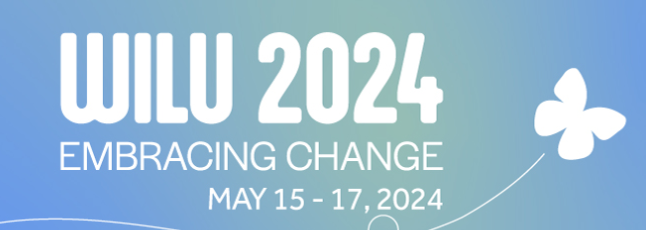One of my most prized possessions is my Professional Librarian’s Life Certificate from the State of Washington. Even though I am no longer a practicing librarian, I am a librarian for life and have the paperwork to prove it!
On Wednesday, May 15, I had a chance to present (remotely) with some colleagues at the Workshop for Instruction in Library Use at Kwantlen Polytechnic University. Our presentation focused on the arguments we put forth in our upcoming book (to be published by Springer later this year), Academic Integrity and the Role of the Academic Library: Institutional Examples and Promising Practices. My small part of the panel was to present a series of benchmarks about how academic librarians can play a leading role in academic integrity, based on what many academic libraries are already doing. And this is important because we know a lot more about what librarians are doing than what is truly effective. In this regard, most academic integrity work is faith-based; we believe our efforts will create some form of good, even if we have no empirical proof.
Academic Library and Academic Integrity Benchmarks
Networks: As they exist, the academic library is connected and integrated with academic integrity networks at the state/provincial, national, and/or international levels, such as International Centre for Academic Integrity, Global Academic Integrity Network, European Academic Integrity Network, or the Manitoba Academic Integrity Network.
Professional development and scholarly activity: Library staff recently and regularly participate and present at academic integrity conferences. They are engaged in researching their academic integrity efforts.
Academic integrity campaigns: The library participates in academic integrity awareness raising campaigns, such as the International Day of Action for Academic Integrity and Academic Integrity Week.
Institutional leadership: The library leads or is part of collaborative campus leadership efforts to support and promote academic integrity at their postsecondary institution.
Policy development: The library plays a key role in the development of academic integrity policy, including consulting on definitions for plagiarism, collusion, and the appropriate use of generative artificial intelligence (and detection tools).
Staffing: The responsibility for the library’s efforts in academic integrity are clearly articulated in at least one librarian or library staff member’s job description, similar to how many academic libraries have a copyright or scholarly communication librarian.
High quality instructional programs: The library provides credit and/or non-credit academic integrity instruction that is fully integrated into the curriculum. These instructional efforts are offered in both proactive and reactive, point-of-need contexts. The content of the programs include critical digital literacy and artificial intelligence as it pertains to information use and knowledge generation. These instructional programs include real, practical situations students will likely face in their educational journeys. One example from the book includes a number of real-life simulated role plays.
Knowledge resources: The library publishes guides for faculty and students outlining how the library can support efforts to address academic integrity, including recommended language for syllabi and research papers. Close collaboration to the institutional teaching and learning centre and instructional designer is important here, especially for new course and new program development.
International students and intercultural competence: Library staff have received professional development related to intercultural competence so they can identify Western pedagogical approaches, appreciate different cultural conceptions of textual ownership, and consider the unique tactics of international students, such as patchwriting.
These benchmarks, built from the chapters presented in this book, offer a panoramic view of academic libraries as dynamic entities evolving within the changing landscape of academic integrity. The established value they bring to the complicating nature of information literacy and genAI collectively paint a picture of possibility for how academic libraries can help faculty, students, and their institutions navigate this critical terrain. These benchmarks can be used as a diagnostic for assessing what the library is doing well, and where it wishes to grow and develop. They can also be used to articulate new strategic actions that align with institutional goals.
